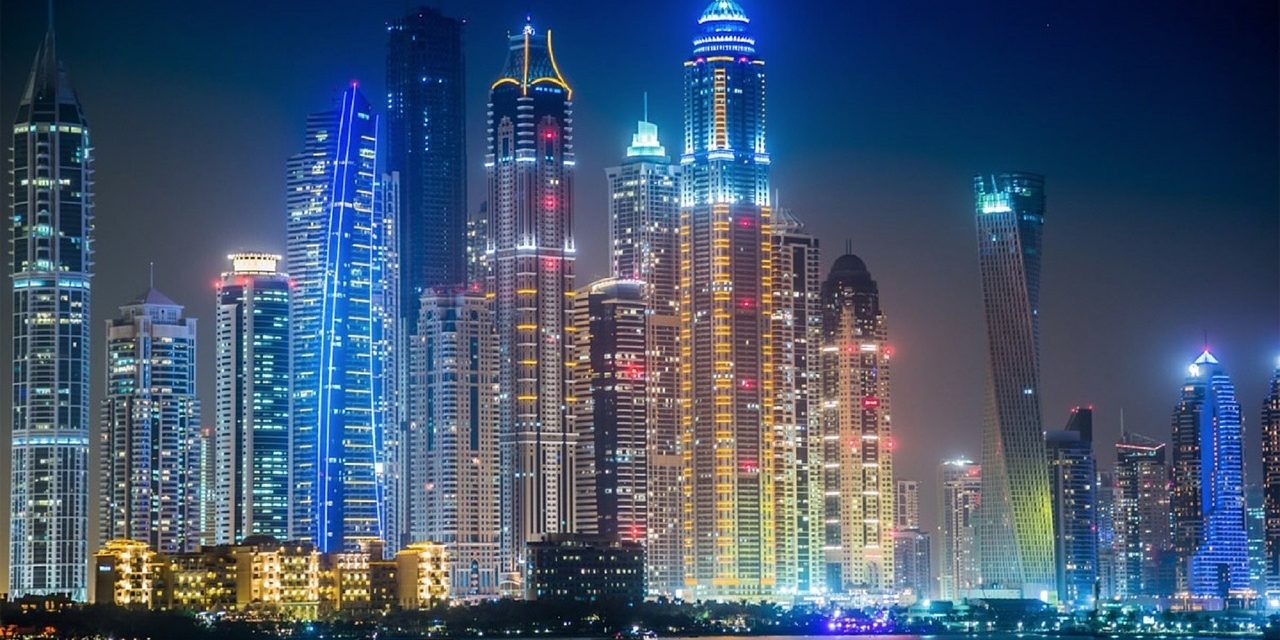Mitch Mondro, Marketing Intern
Population Shift Drives Opportunities
According to the U.N., 54.5 percent of the world’s population lived in urban settlements in 2016. By 2030, urban areas are projected to account for nearly 60 percent of people globally. As the population grows and the migration to cities continues to increase, city leaders see the need to better manage conditions as the problems will only become more urgent. Consider how city managers will navigate the issues that go with having more people in already densely populated areas, such as higher traffic congestion, worsening air pollution, and pressure on utilities like water and electricity. Where planners see issues, entrepreneurs see opportunities. There are already many examples of technology innovations turning cities into smart cities to solve issues and create a more pleasant environment.
What’s A Smart City?
A smart city doesn’t have a precise definition yet, but it is basically the Internet of Things(IOT) on a larger scale. Internet of Things is defined as “the interconnection via the Internet of computing devices embedded in everyday objects, enabling them to send and receive data”. Just as many companies, like Amazon, have converted to smart devices running their warehouses, enabling faster and more efficient delivery of products, cities are beginning to adapt smart technology to run more smoothly and improve the population’s living experience. By using sensors and cameras to collect large amounts of data, cities can begin to solve big problems. The more information acquired, the easier it is to see trends and problems, and the faster it is to fix them or avoid issues altogether.
What Do Smart Cities Look Like?
The U.S Department of Transportation launched their Smart City Challenge in December 2015. They asked cities to take a look at their own transportation systems and then come up with ideas how they can develop an integrated smart transportation system using data and technology to help their city move faster, cheaper and more efficiently. They committed up to $40 million to the winning city, Columbus, Ohio. Initiatives like this are taking off all over the country in an effort to get cities to start thinking “smarter”. Large sums of money are being invested in Artificial Intelligence (AI) and data analytics platforms, which operate many smart devices.
Smart city technology use is increasing across the US, including cities like Boston, San Francisco, and Dallas. Examples include:
Intelligent traffic lights reduce idle time at stop lights by anticipating the needs of approaching vehicles (as opposed to reacting after a car stops at a light), to help motorists save time and gas and cut vehicle emissions.
Smart street lights that automatically brighten when there are multiple people in the area and dim when there is no one around.
ShotSpotter is aiming to reduce crime rates by focusing on dangerous gunfire in cities. Using sound sensors around the city, the technology can detect gun shots and instantly report it to the police department to improve response time and give police officers a better idea of the situation they are entering.
BigBelly, a smart solar trash compactor, can hold five times the amount of a regular bin. It uses sensors to communicate its fullness, and acts as a public Wi-Fi hotspot.
Civiq WayPoint, the next generation in transit customer engagement, provides high-speed connectivity and communications with interactive touchscreens, Emergency Customer Intercom and is built to stand up to even the harshest environmental conditions.
Smart Cities of the Future
With population growth in eastern countries and a high concentration of people in urban settings, countries like Singapore focus on smart city planning with the assumption that a “dumb” city will not be able to sustain the strain on services and resources, and provide the same quality of life for its citizens. Songdo is a recently built smart city located on the coast of South Korea next to Seoul. The ten year project was constructed to be optimized for the population to take advantage of nature, reduce fossil fuels and traffic congestion, and be more affordable and livable. They developed a waste disposal system completely run underground. All household waste is sucked directly from the home into an underground network of tunnels, where it is automatically brought to a processing center to be sorted, deodorized, and treated to be better for the environment.
Masdar is a zero-carbon city project under construction in the United Arab Emirates down the road from Dubai. Rooftop solar panels provide power for most of the city. A 45 meter wind tower keeps the temperature at street levels significantly cooler than the surrounding area and the city is mostly car free. Driverless electric pods provide transportation back and forth.
Everything is carefully placed in these cities so nothing is more than a 15 minute walk away, allowing people to carry out daily activities like going to work, grocery stores, and restaurants, thus reducing traffic congestion and vehicle emissions.
Most countries around the world won’t be able to build smart cities from scratch right away, but what they can do is learn from cities like Songdo and Masdar about what works and what doesn’t work, and how a city can operate more efficiently under the use of smart technology. It will be interesting to see the ways technology will shape cities in the future and how people will adapt. At the rate smart technology is being funded and the excitement around the topic, it probably won’t be too long of a wait. Columbia Tech and the Coghlin Companies are excited to be involved in this new wave of technologies, and look forward to continuing to work with innovators to revolutionize our cities.


 Contact Columbia Tech today to discuss your organization's needs and aspirations. Columbia Tech can help you grow, thrive and profit.
Contact Columbia Tech today to discuss your organization's needs and aspirations. Columbia Tech can help you grow, thrive and profit.